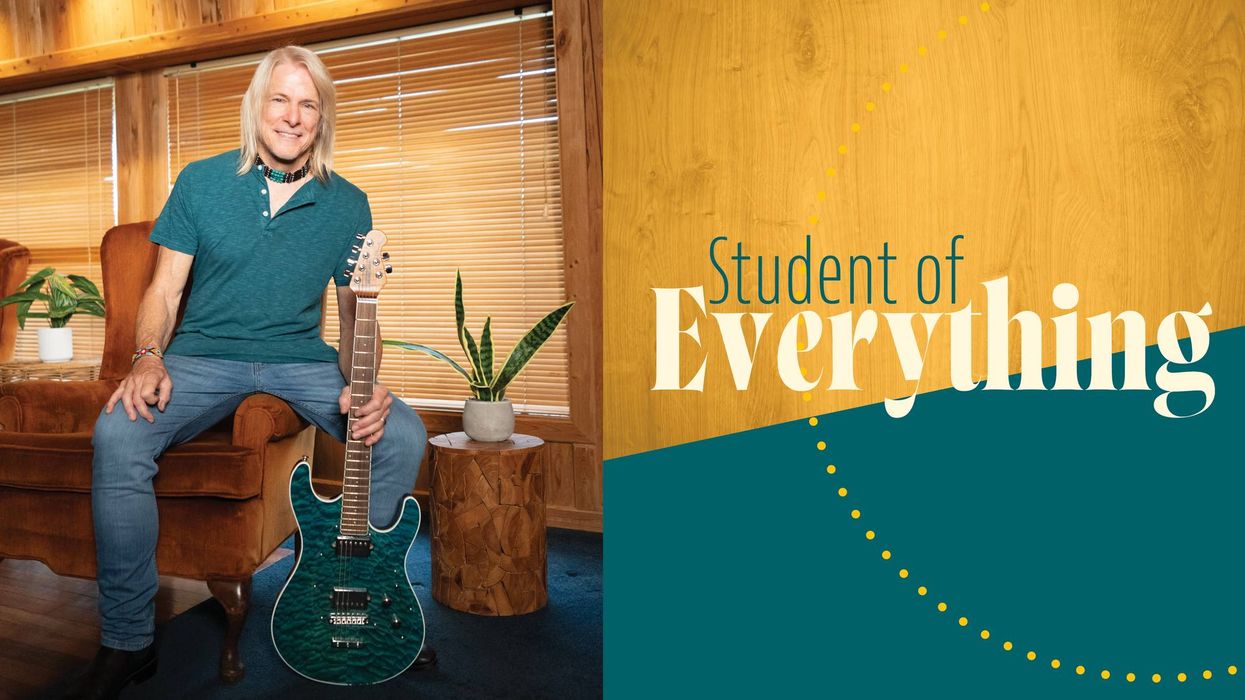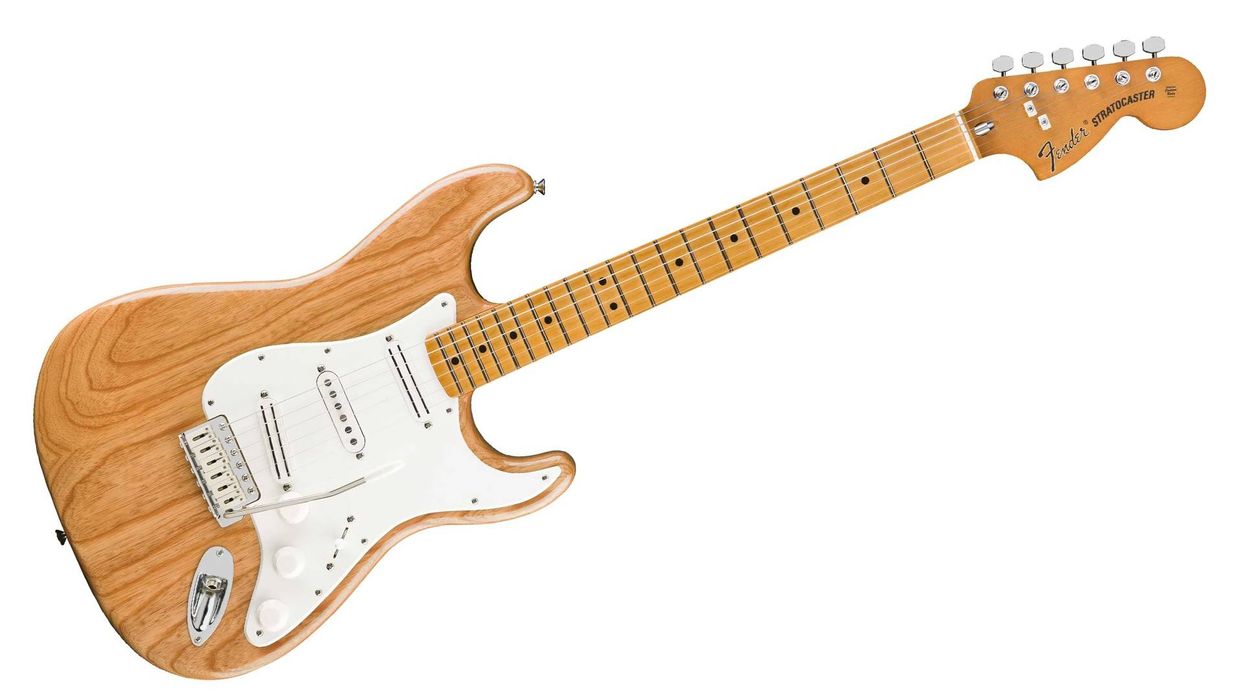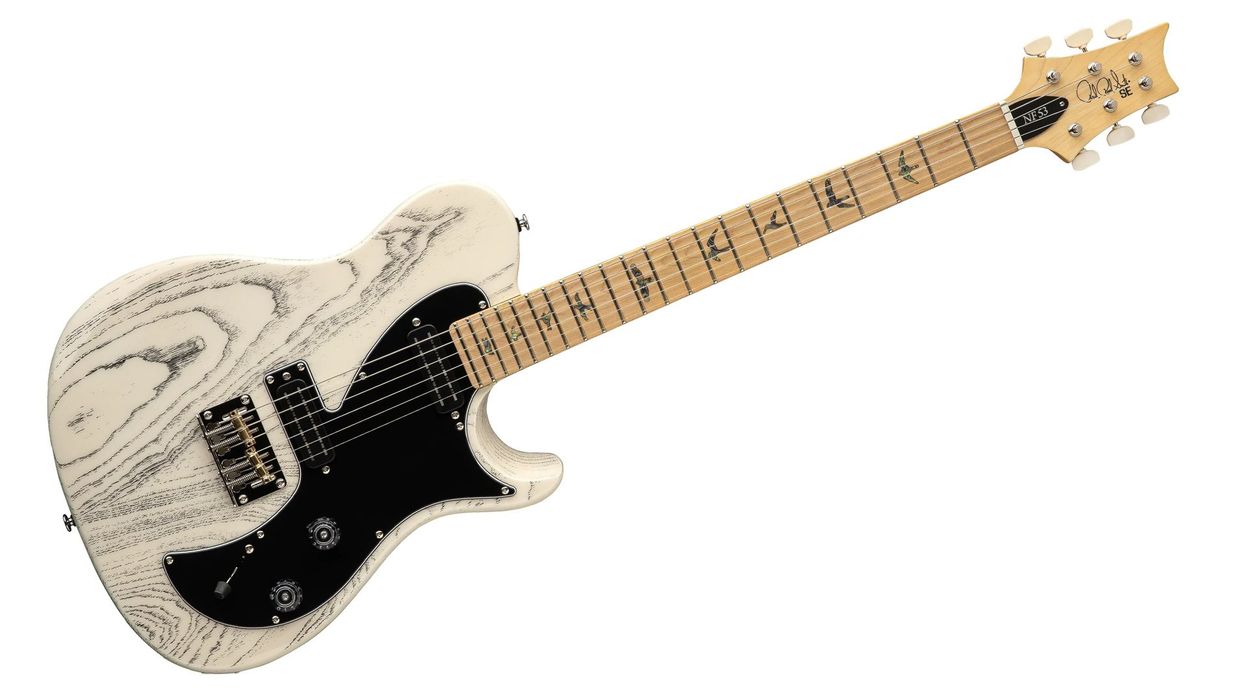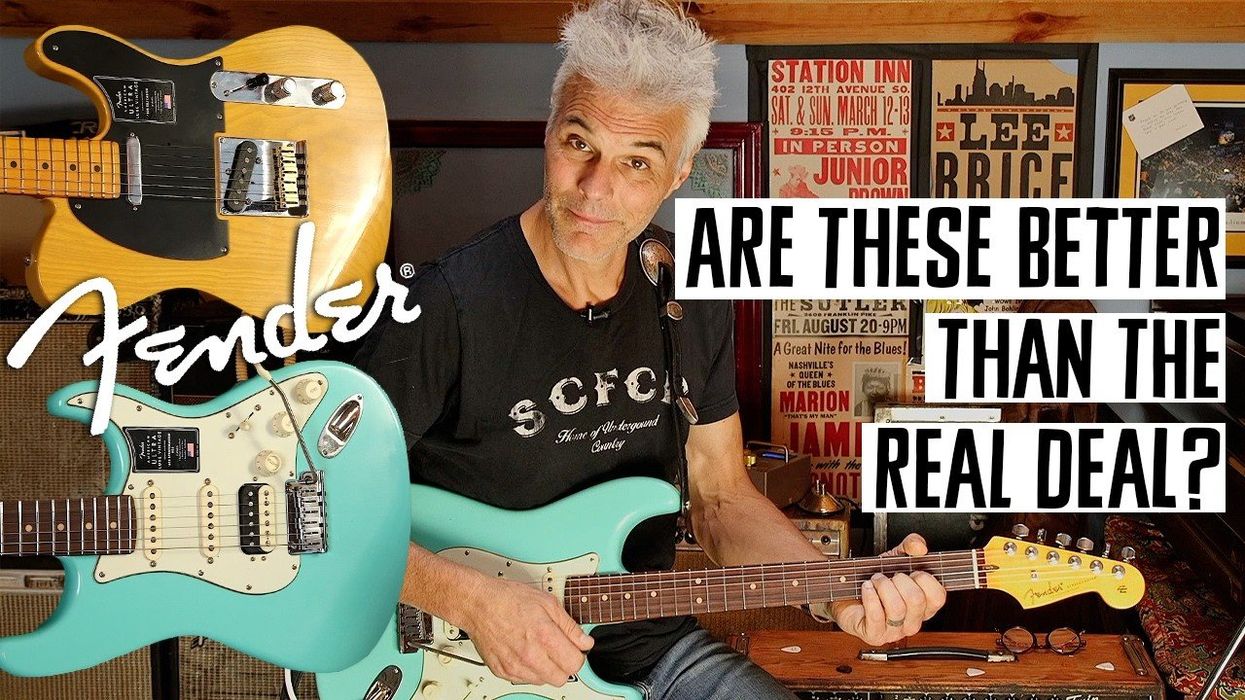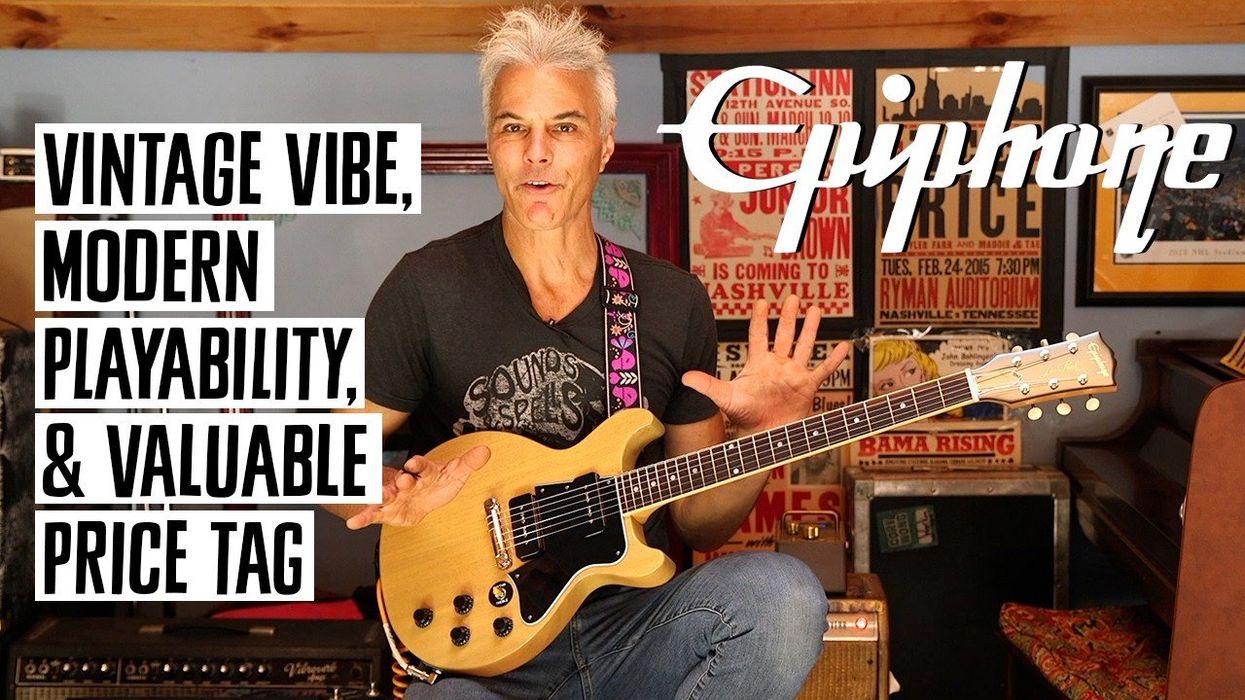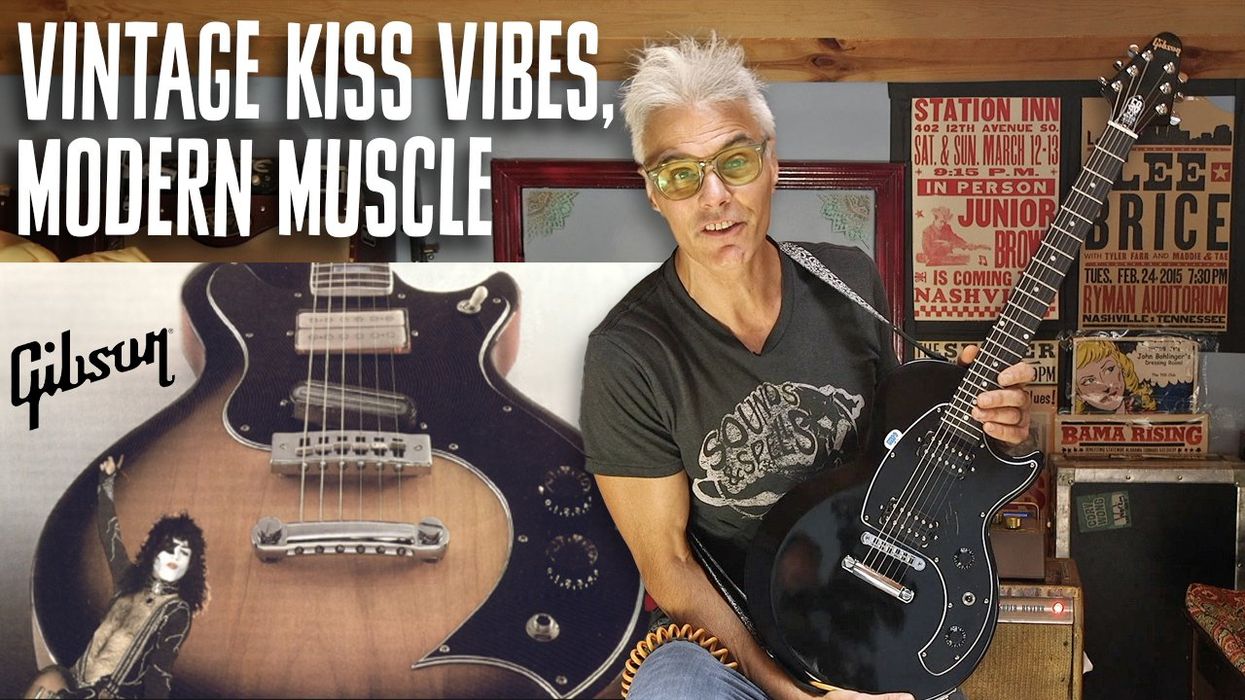Hey Zach,
I have a Gibson Les Paul I’m trying to identify. The serial number is 676323, and “Made in USA” is stamped below that. I was told to check the potentiometer date codes, which all have “1377142” impressed into them. I read on a Gibson forum that, on seven-digit pot codes, the fourth and fifth numbers represent the date. Can you tell me what model this is and how much it is worth today? Dating Gibson guitars is not easy—thank you!—Brian Page
Hi Brian,
There’s no question that dating Gibson guitars is challenging—and sometimes downright impossible. There are two basic components to your Les Paul question: dating it and identifying it. I’ll start with trying to date the instrument, but keep in mind that dating and identifying Gibson guitars typically go hand in hand.
I get several questions about Gibson serial numbers every day, and my initial answer is always to not expect or rely on the serial number alone to determine the year of manufacture. For many Gibson owners, it’s hard to believe that an individual serial number won’t automatically indicate the year and model of the guitar in question. In fact, without any other information about the guitar, the serial number is essentially worthless. This was mainly caused by Gibson trying to keep up with production while attempting to serialize everything accurately, as well. Unfortunately, during extremely busy times, production simply trumped serialization.
Gibson has used numerous serialization systems over its 100-plus-year history, and a majority of these numbers were used haphazardly—and rarely in consecutive order—until the system was standardized in 1977. Up until the early 1960s, serial numbers were fairly consistent, but for most of the 1960s and 1970s, six-digit numbers were used pretty much at random. Based on the charts originally compiled from Gibson’s shipping ledgers by author A.R. Duchossoir, the serial number you provided could have been used on Gibson guitars produced in 1970, 1971, 1972, 1974, or 1975. The most important dating feature on guitars with six-digit serial numbers is that, starting in 1970, Gibson began stamping “Made In USA” near the serial number on the back of the headstock. Since the value of a Gibson Les Paul differs widely between 1970 and 1975, it is very important to pinpoint the year.
As for dating pots, you are correct that the fourth and fifth numbers of the potentiometer date code indicate the last two digits of the year (that is, the “71” in your serial number stands for 1971). Checking the date codes on pots is usually the second step (after approximating the date of the serial number) in determining the guitar’s year. This only works if the pots are original. And because many manufacturers purchased pots in large quantities, the pots could sit on the shelves for weeks—if not months—before they were installed. Basically, dating the pots only confirms the earliest time the guitar could have been produced. Since your guitar has pots dating from 1971 and they appear to be original, we know it was produced in 1971 or later.
Now comes the identifying part. Your guitar has cosmetic features and specifications similar to a Les Paul Standard. However, the Les Paul Standard model was not produced between 1970 and 1975 (it was officially reintroduced in 1976). The Gibson Les Paul Deluxe, which was nearly identical to the Standard with the exception of mini-humbucker pickups, was produced during this time. Further, beginning in 1972, Gibson began offering the Les Paul Deluxe with a special order of full-size humbuckers. Many of these Deluxes have “Standard” stamped on their truss-rod cover.
I believe your guitar is a circa- 1972 Gibson Les Paul Deluxe with optional full-size humbuckers. While the serial number could apply to 1974 and 1975 as well, it is widely reported that the pots were used in a timely manner from this era at Gibson. Guitar production wasn’t nearly as fast paced during that period as it was in the 1960s, which meant Gibson ordered fewer parts at that time. Also note that, in mid-1972, the “Les Paul” signature and “Model” inscription were changed from a silkscreen to a decal.
It appears that your pickups were changed at some point (although the pickup openings seem to be originally cut for full-size humbuckers), the pickguard is absent, and the tip of the pickup switch is missing, as well. Most of the body appears to be in “very good plus” condition, and based on all of this, your guitar is valued between $2200-$2500.
To recap: Inconsistent serialization and the fact that many Gibson guitars do not have the exact model marked on the instrument, dating and identifying older Gibsons isn’t easy. It usually takes more than just a serial number to accurately identify and date them, and there are numerous other dating systems and tools that I haven’t mentioned here. Some serialization systems only apply to certain guitars, and in some cases the same serial number has been used on multiple guitars! For more information on Gibson or potentiometer serialization and model identification, please refer to our website (bluebookinc.com) or visit gibson.com.
Zachary R. Fjestad is author of Blue Book of Acoustic Guitars, Blue Book of Electric Guitars, and Blue Book of Guitar Amplifiers. For more information, visit bluebookinc.com or email Zach at guitars@bluebookinc.com.
I have a Gibson Les Paul I’m trying to identify. The serial number is 676323, and “Made in USA” is stamped below that. I was told to check the potentiometer date codes, which all have “1377142” impressed into them. I read on a Gibson forum that, on seven-digit pot codes, the fourth and fifth numbers represent the date. Can you tell me what model this is and how much it is worth today? Dating Gibson guitars is not easy—thank you!—Brian Page
 |
There’s no question that dating Gibson guitars is challenging—and sometimes downright impossible. There are two basic components to your Les Paul question: dating it and identifying it. I’ll start with trying to date the instrument, but keep in mind that dating and identifying Gibson guitars typically go hand in hand.
I get several questions about Gibson serial numbers every day, and my initial answer is always to not expect or rely on the serial number alone to determine the year of manufacture. For many Gibson owners, it’s hard to believe that an individual serial number won’t automatically indicate the year and model of the guitar in question. In fact, without any other information about the guitar, the serial number is essentially worthless. This was mainly caused by Gibson trying to keep up with production while attempting to serialize everything accurately, as well. Unfortunately, during extremely busy times, production simply trumped serialization.
Gibson has used numerous serialization systems over its 100-plus-year history, and a majority of these numbers were used haphazardly—and rarely in consecutive order—until the system was standardized in 1977. Up until the early 1960s, serial numbers were fairly consistent, but for most of the 1960s and 1970s, six-digit numbers were used pretty much at random. Based on the charts originally compiled from Gibson’s shipping ledgers by author A.R. Duchossoir, the serial number you provided could have been used on Gibson guitars produced in 1970, 1971, 1972, 1974, or 1975. The most important dating feature on guitars with six-digit serial numbers is that, starting in 1970, Gibson began stamping “Made In USA” near the serial number on the back of the headstock. Since the value of a Gibson Les Paul differs widely between 1970 and 1975, it is very important to pinpoint the year.
As for dating pots, you are correct that the fourth and fifth numbers of the potentiometer date code indicate the last two digits of the year (that is, the “71” in your serial number stands for 1971). Checking the date codes on pots is usually the second step (after approximating the date of the serial number) in determining the guitar’s year. This only works if the pots are original. And because many manufacturers purchased pots in large quantities, the pots could sit on the shelves for weeks—if not months—before they were installed. Basically, dating the pots only confirms the earliest time the guitar could have been produced. Since your guitar has pots dating from 1971 and they appear to be original, we know it was produced in 1971 or later.
Now comes the identifying part. Your guitar has cosmetic features and specifications similar to a Les Paul Standard. However, the Les Paul Standard model was not produced between 1970 and 1975 (it was officially reintroduced in 1976). The Gibson Les Paul Deluxe, which was nearly identical to the Standard with the exception of mini-humbucker pickups, was produced during this time. Further, beginning in 1972, Gibson began offering the Les Paul Deluxe with a special order of full-size humbuckers. Many of these Deluxes have “Standard” stamped on their truss-rod cover.
I believe your guitar is a circa- 1972 Gibson Les Paul Deluxe with optional full-size humbuckers. While the serial number could apply to 1974 and 1975 as well, it is widely reported that the pots were used in a timely manner from this era at Gibson. Guitar production wasn’t nearly as fast paced during that period as it was in the 1960s, which meant Gibson ordered fewer parts at that time. Also note that, in mid-1972, the “Les Paul” signature and “Model” inscription were changed from a silkscreen to a decal.
It appears that your pickups were changed at some point (although the pickup openings seem to be originally cut for full-size humbuckers), the pickguard is absent, and the tip of the pickup switch is missing, as well. Most of the body appears to be in “very good plus” condition, and based on all of this, your guitar is valued between $2200-$2500.
To recap: Inconsistent serialization and the fact that many Gibson guitars do not have the exact model marked on the instrument, dating and identifying older Gibsons isn’t easy. It usually takes more than just a serial number to accurately identify and date them, and there are numerous other dating systems and tools that I haven’t mentioned here. Some serialization systems only apply to certain guitars, and in some cases the same serial number has been used on multiple guitars! For more information on Gibson or potentiometer serialization and model identification, please refer to our website (bluebookinc.com) or visit gibson.com.
Zachary R. Fjestad is author of Blue Book of Acoustic Guitars, Blue Book of Electric Guitars, and Blue Book of Guitar Amplifiers. For more information, visit bluebookinc.com or email Zach at guitars@bluebookinc.com.


